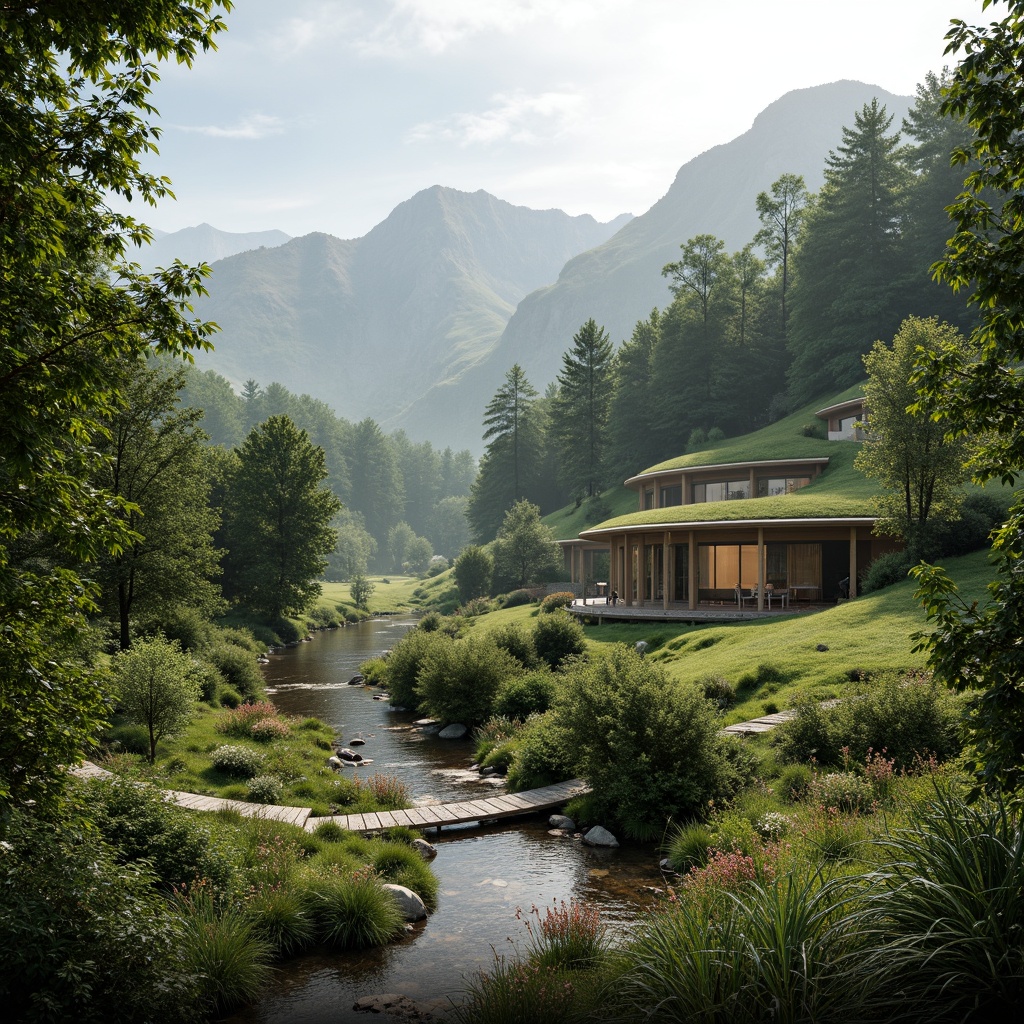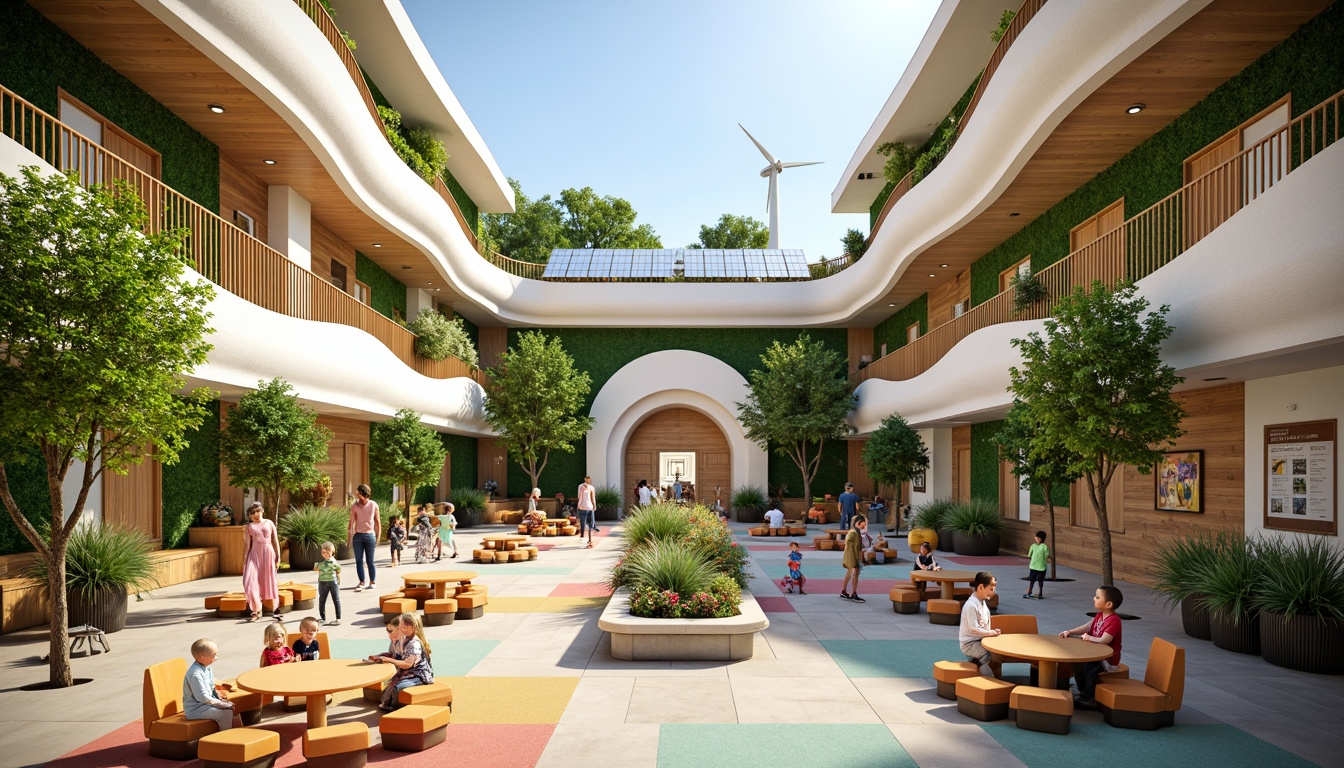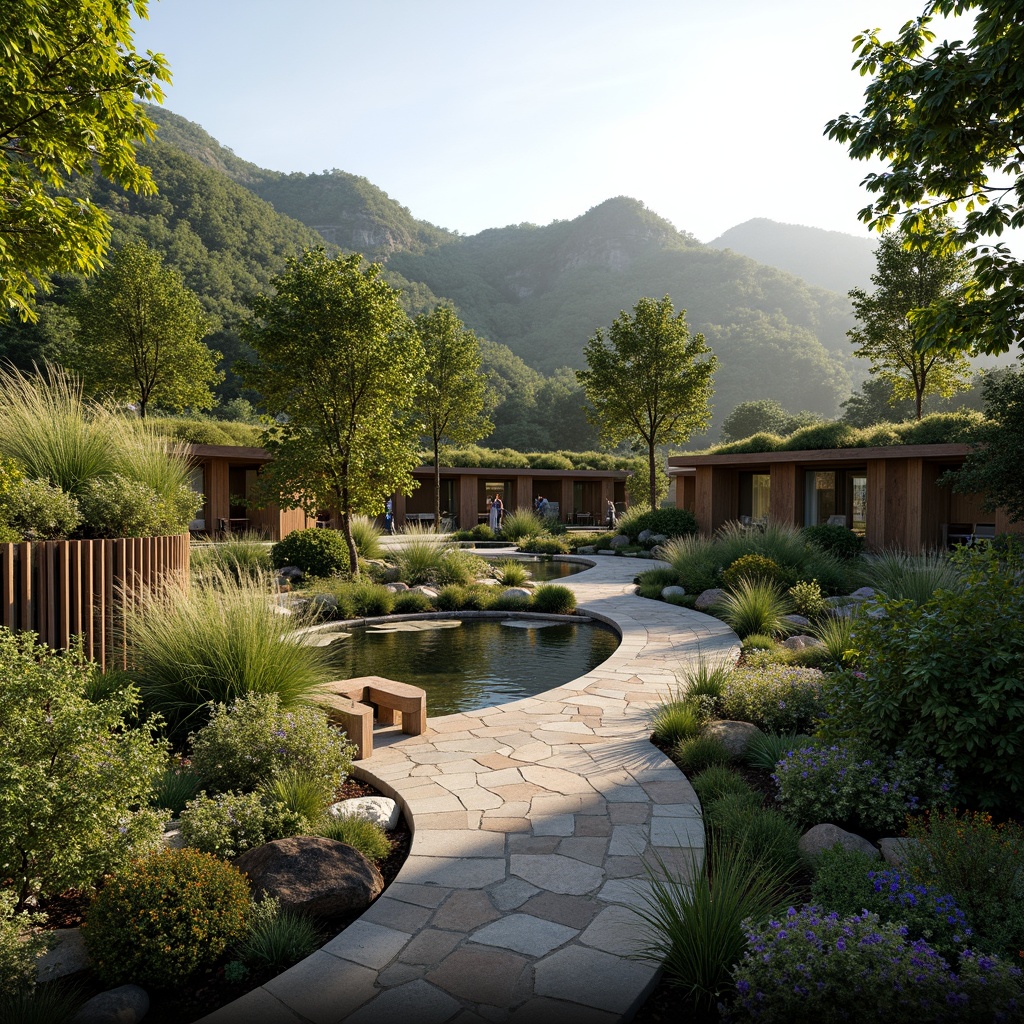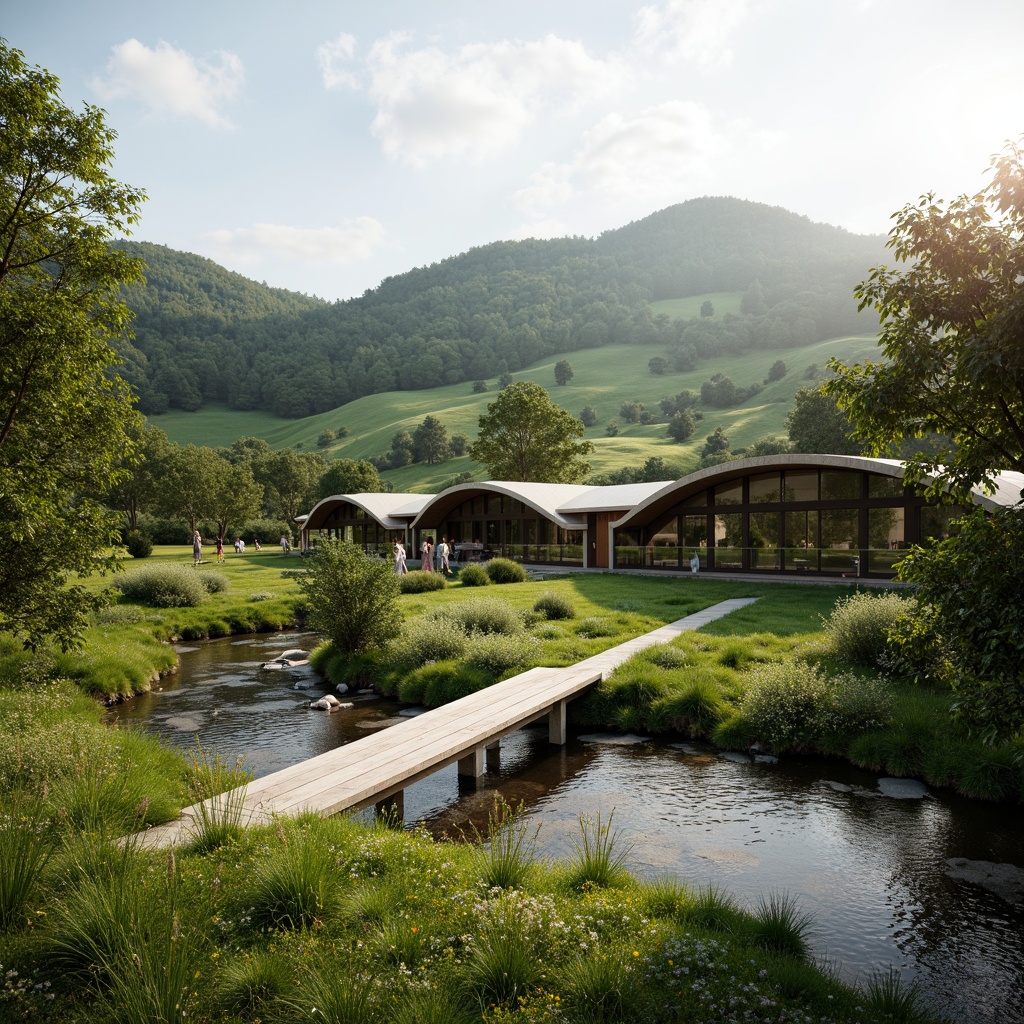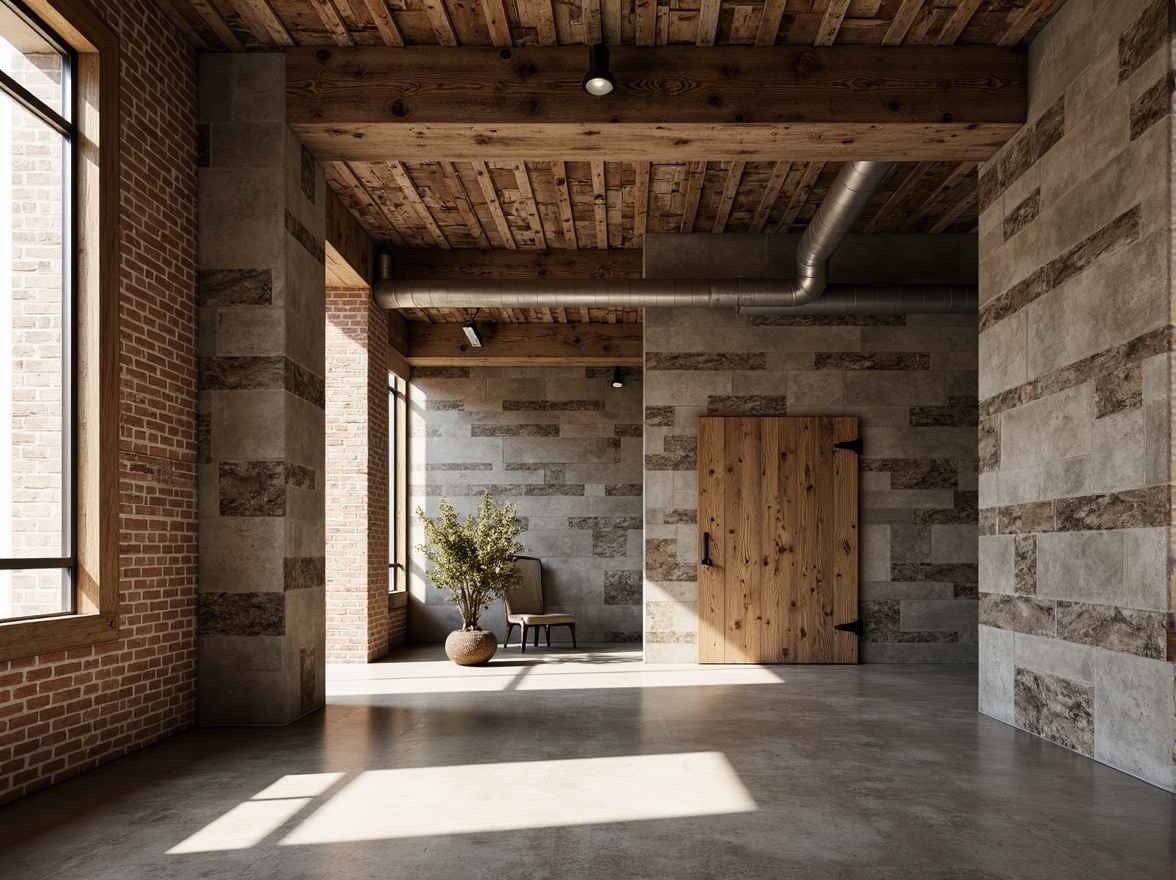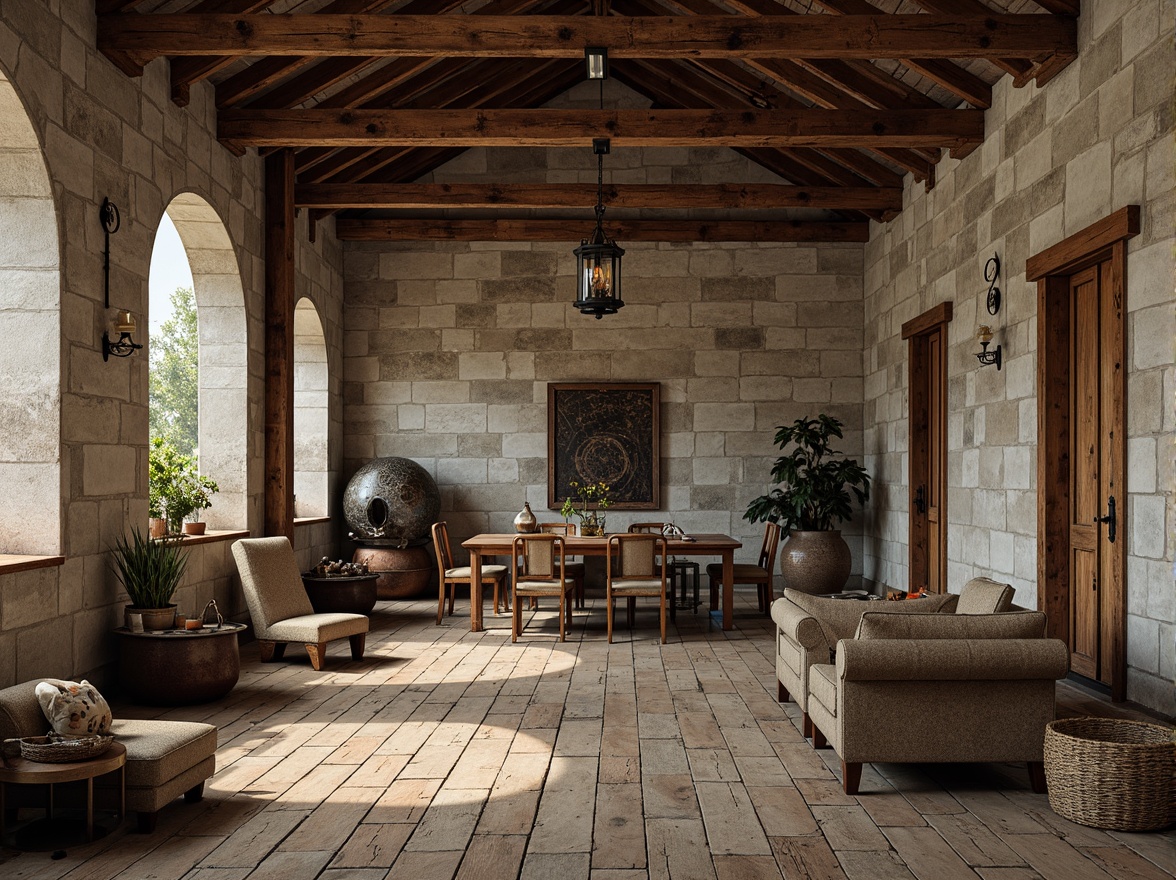友人を招待して、お二人とも無料コインをゲット
Design ideas
/
Architecture
/
Elementary school
/
Elementary School Metabolism Style Building Design Ideas
Elementary School Metabolism Style Building Design Ideas
Explore the fascinating world of Elementary School Metabolism style in architecture design. This unique approach emphasizes sustainability, innovative materials like fiber-cement, and vibrant color palettes such as azure. It beautifully integrates with the surrounding valley landscape, creating educational spaces that inspire both students and educators. With a focus on natural lighting and material durability, these designs not only enhance aesthetic appeal but also promote an eco-friendly approach to modern building.
Sustainability in Elementary School Metabolism Style Design
Sustainability is at the heart of the Elementary School Metabolism style. This architectural approach utilizes eco-friendly materials like fiber-cement, promoting longevity and minimal environmental impact. By integrating sustainable practices, these designs ensure that educational institutions not only serve their purpose but also contribute positively to the planet. Emphasizing renewable resources, these schools become a model for future green architecture.
Prompt: Vibrant elementary school, organic curves, natural materials, living walls, green roofs, solar panels, wind turbines, rainwater harvesting systems, eco-friendly furniture, recycled paper decorations, colorful murals, educational signage, collaborative learning spaces, flexible modular layout, soft warm lighting, shallow depth of field, 3/4 composition, panoramic view, realistic textures, ambient occlusion.
Natural Lighting: Enhancing Learning Environments
Natural lighting plays a crucial role in the design of Elementary School Metabolism style buildings. Strategically placed windows and open spaces allow sunlight to fill classrooms, creating a warm and inviting atmosphere. This not only boosts the mood of students but also enhances their learning experience. A well-lit environment is essential for concentration and creativity, making natural lighting a key feature in these designs.
Landscape Integration: Harmonizing with Nature
The integration of landscape in Elementary School Metabolism style architecture is vital for creating a seamless connection between the building and its surroundings. By incorporating elements from the valley landscape, these designs promote outdoor learning and play. The thoughtful placement of structures ensures that students can enjoy nature while engaging in educational activities, fostering a sense of community and environmental appreciation.
Prompt: Serene mountainous backdrop, lush green forests, meandering rivers, rustic wooden bridges, natural stone pathways, wildflower fields, misty morning atmosphere, warm soft lighting, shallow depth of field, 3/4 composition, panoramic view, realistic textures, ambient occlusion, earthy tone color palette, organic architecture, curved lines, sustainable design, eco-friendly materials, innovative green roofs, solar panels, rainwater harvesting systems, biodiversity conservation, tranquil ambiance.
Prompt: Serene natural scenery, rolling hills, lush green forests, sparkling water features, meandering stone pathways, organic architecture, curved lines, earthy tones, reclaimed wood accents, living roofs, verdant walls, native plant species, vibrant wildflowers, sunny afternoon, soft warm lighting, shallow depth of field, 1/2 composition, atmospheric perspective, realistic textures, ambient occlusion.
Prompt: Seamless landscape integration, harmonious coexistence with nature, lush greenery, vibrant wildflowers, meandering stone pathways, tranquil water features, natural rock formations, weathered wooden bridges, organic architectural forms, curved lines, earthy tones, sustainable materials, eco-friendly designs, abundant natural light, soft diffused shadows, 1/2 composition, wide-angle lens, cinematic framing, realistic atmospheric effects.
Prompt: Serene natural landscape, rolling hills, lush green forests, meandering streams, rustic wooden bridges, wildflower meadows, eco-friendly architecture, sustainable building materials, organic curves, minimalist design, large windows, sliding glass doors, panoramic views, seamless indoor-outdoor transitions, warm natural lighting, shallow depth of field, 1/2 composition, realistic textures, ambient occlusion.
Color Palette: The Impact of Azure in Design
The choice of color palette in Elementary School Metabolism style is essential for creating a vibrant learning environment. The use of azure not only adds a refreshing touch but also enhances the overall aesthetic appeal of the building. Colors can influence mood and behavior, making it important to choose hues that inspire creativity and calmness. Azure serves as a perfect backdrop for educational spaces, promoting a positive atmosphere.
Material Durability: Ensuring Longevity in Design
Material durability is a key aspect of the Elementary School Metabolism style, particularly with the use of fiber-cement materials. These materials are known for their strength, resilience, and low maintenance, making them ideal for school buildings. The focus on durable construction ensures that these educational institutions withstand the test of time, providing safe and functional spaces for generations of students.
Prompt: Weathered stone walls, rusty metal accents, reclaimed wood textures, earthy color palette, natural patina, aged brick facades, distressed finishes, industrial chic aesthetic, exposed ductwork, polished concrete floors, minimalist ornamentation, functional simplicity, brutalist architecture, raw material expression, tactile surface quality, organic shapes, nature-inspired patterns, durable material selection, low-maintenance design, sustainable building practices, eco-friendly construction methods, recycled content incorporation.
Prompt: Weathered stone walls, rusty metal accents, distressed wooden textures, vintage industrial machinery, reclaimed wood flooring, earthy color palette, natural patina, worn-out concrete surfaces, robust steel frames, durable ceramic tiles, long-lasting aluminum alloys, scratch-resistant glass, UV-resistant coatings, heavy-duty fabric upholstery, timeless architectural design, nostalgic ambiance, warm soft lighting, shallow depth of field, 2/3 composition.
Conclusion
In summary, the Elementary School Metabolism style encompasses a blend of sustainability, natural lighting, landscape integration, a thoughtful color palette, and material durability. These design principles not only enhance the aesthetic appeal of educational buildings but also create functional spaces that foster learning and community engagement. By embracing these concepts, architects can contribute to the future of sustainable education environments.
Want to quickly try elementary-school design?
Let PromeAI help you quickly implement your designs!
Get Started For Free
Other related design ideas

Elementary School Metabolism Style Building Design Ideas

Elementary School Metabolism Style Building Design Ideas

Elementary School Metabolism Style Building Design Ideas

Elementary School Metabolism Style Building Design Ideas

Elementary School Metabolism Style Building Design Ideas

Elementary School Metabolism Style Building Design Ideas


